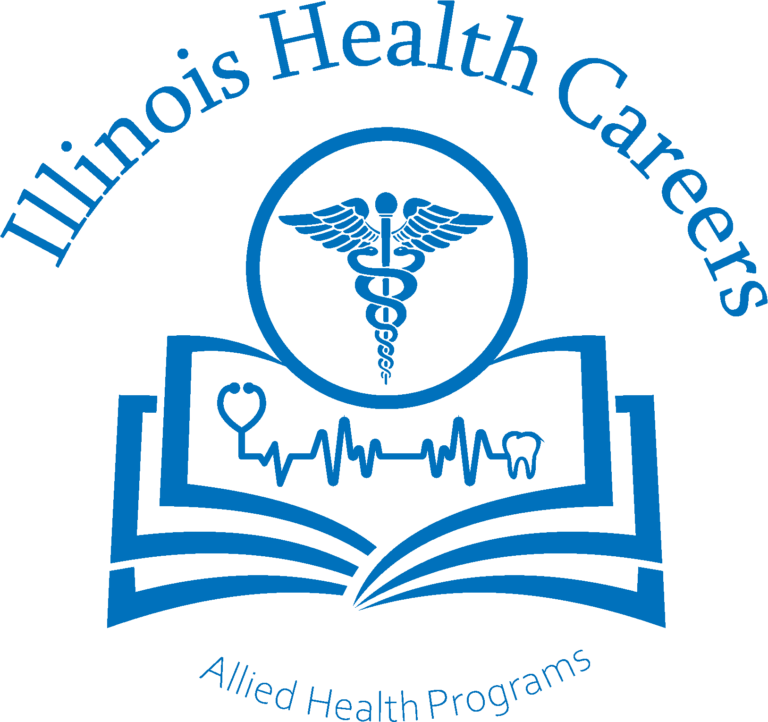The tuition for a Dental Assisting program offered by the Illinois Health Careers is $3,500. The program is based on 20 modules, which are offered twice a week in the evening in all of our IDC campuses(please, see Academic Calendar for details).
The tuition for the Orthodontic Assisting program offered by Illinois Dental Careers is $1,975. This program is based on 10 modules and a 40-hrs orthodontic internship. The modules are offered on Saturdays at all of our campuses (please, see Academic Calendar for details). Internship can be done at the same location as well as three other orthodontic clinics (please, see Orthodontic Assisting Program description above).
For those students who choose to enroll in both programs, the total cost of tuition comes down to $4818 instead of $5475 (12% savings).
Additionally, tuition includes all of the following:
- Lectures: handouts and instructional materials
- Clinicals: Training materials and dental supplies
- Access to state-of-the-art technology
- Dental/Orthodontic Assisting Certificate
- Dental Assistant’s Pin
- Clinical fees
- Access to Google Classroom
Note that students are responsible for the scrubs and gym shoes or clogs to wear in class.818

